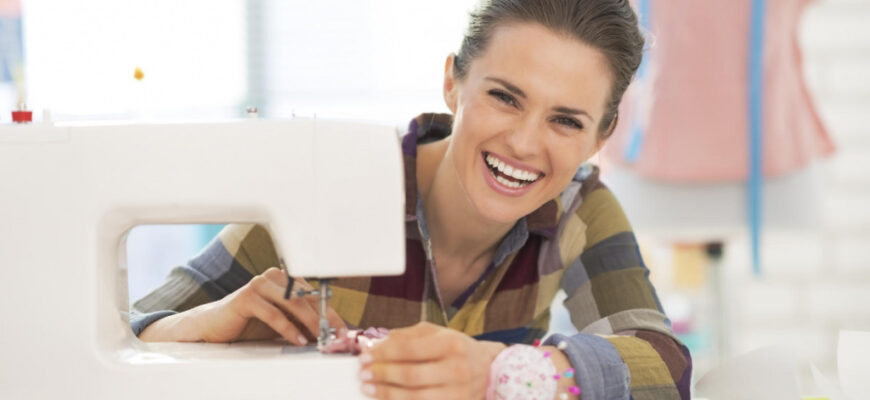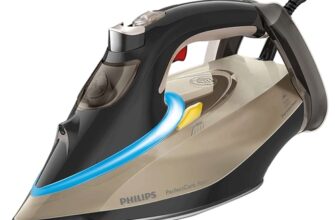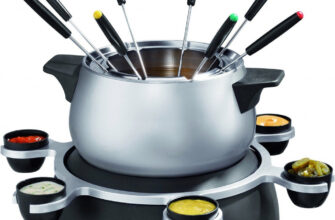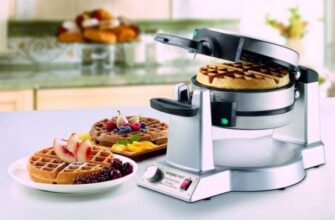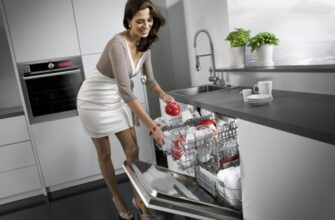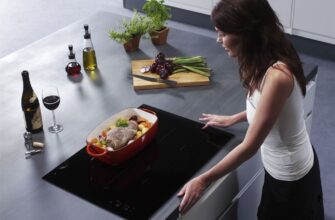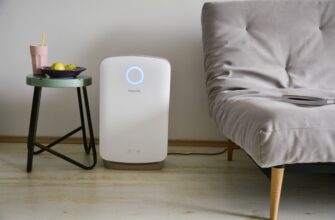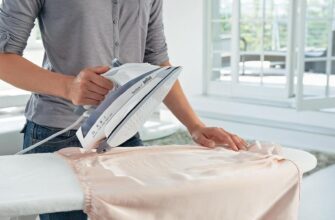When choosing a sewing machine, it is worth determining the intended use cases (minor repairs, creativity or a full-fledged home workshop), and also pay attention to the technical characteristics.
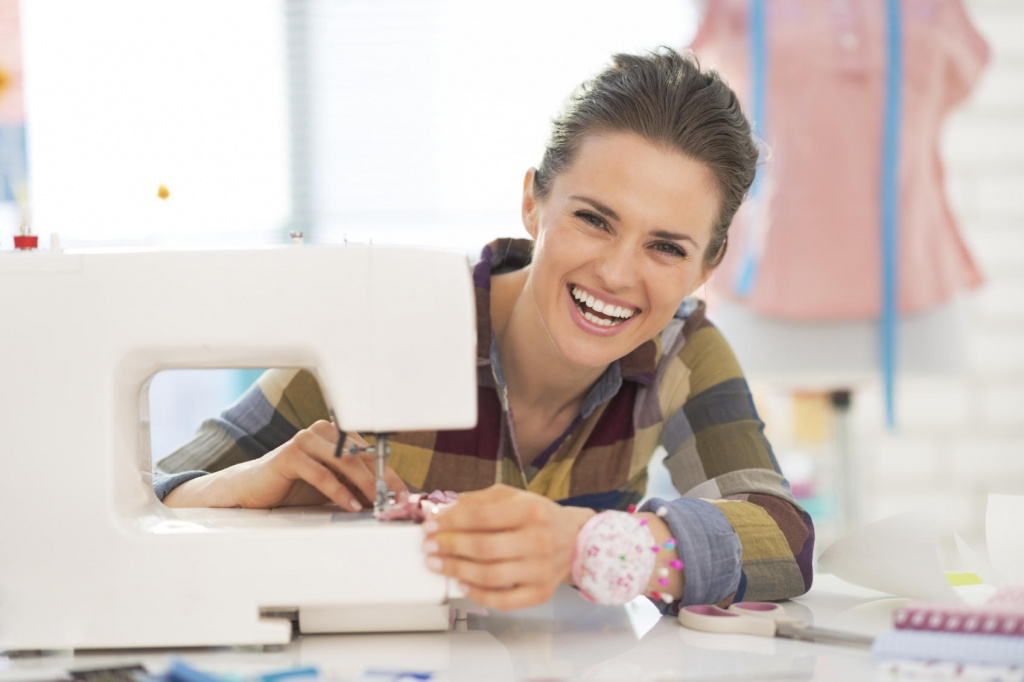
!
We recommend that you familiarize yourself with the rating of the best sewing machines according to experts.
- How to choose a sewing machine: what to look for
- Types of sewing machines
- Electromechanical sewing machines
- Advantages
- disadvantages
- Computerized sewing machines
- Advantages
- disadvantages
- Specialized sewing machines
- Which sewing machine to choose
- The main criteria for choosing a sewing machine
- Bobbin type
- Oscillating vertical shuttle
- Advantages
- disadvantages
- Rotary horizontal shuttle
- Advantages
- disadvantages
- Rotary vertical shuttle
- Advantages
- disadvantages
- Types of stitches
- Stitch length
- Buttonhole type
- Needles
- Equipment
- Determining the functionality of the function
- How much does a sewing machine cost
- The best companies for the production of sewing machines
- Video for choosing a sewing machine
How to choose a sewing machine: what to look for
When choosing a sewing machine, it is recommended to pay attention to the following technical characteristics:
-
Sewing machine type (electromechanical, computerized, overlock or other);
-
Shuttle type;
-
Stitch types and stitch length;
-
Type of needles and equipment of the machine with them;
-
Completing the sewing machine with additional accessories;
-
Additional functionality.
-
The sewing machine manufacturer is also important.
Types of sewing machines
Sewing machines on the market today can be divided into the following types by design and principle of operation:
-
Electromechanical;
-
Computerized;
-
Highly specialized (overlocks, coverlocks, carpetlocks).
When choosing the type of sewing machine, it is worth considering the intended use.
Electromechanical sewing machines
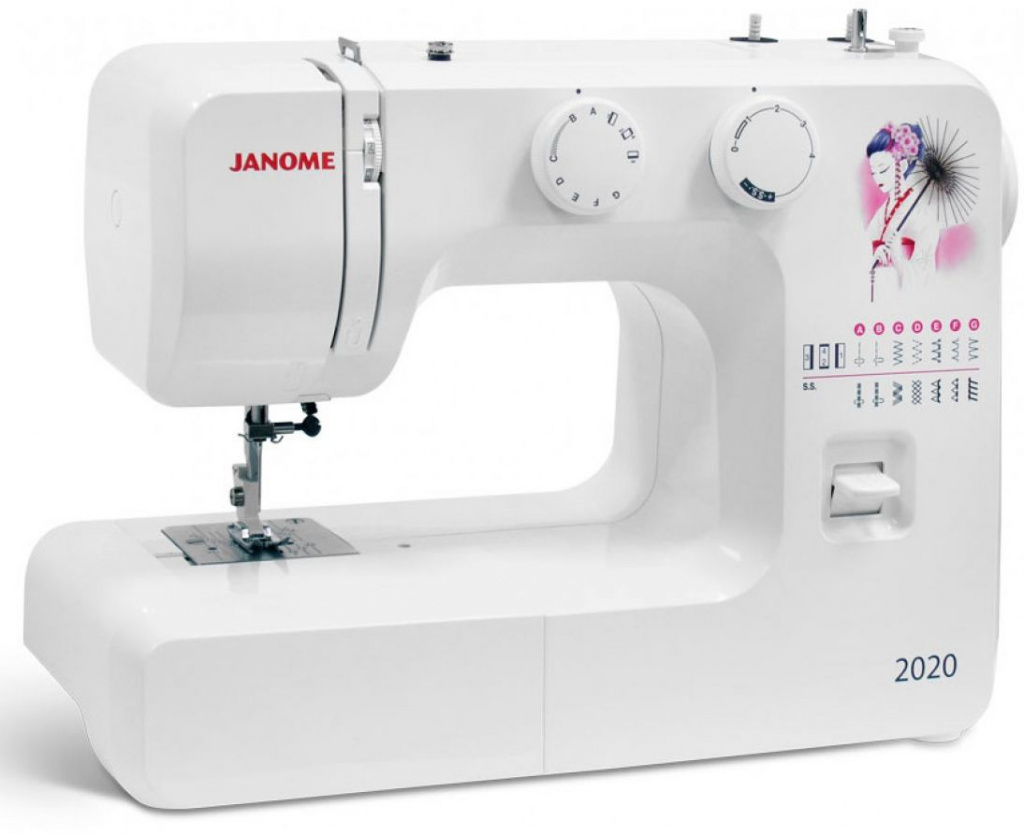
Electronic sewing machines are equipped with many additional functional elements that significantly expand the capabilities of technology.
Such machines are well suited for both home craftsmen and specialists, for whom sewing is the main form of activity and a source of income. The higher the cost of the device, the more features it offers.
Advantages
-
Wide functionality (for example, in the form of many preset types of seams and operating modes);
-
Relative ease of use.
disadvantages
-
Relatively high price (compared to mechanical ones);
-
The complexity and high cost of both maintenance and repair.
Computerized sewing machines
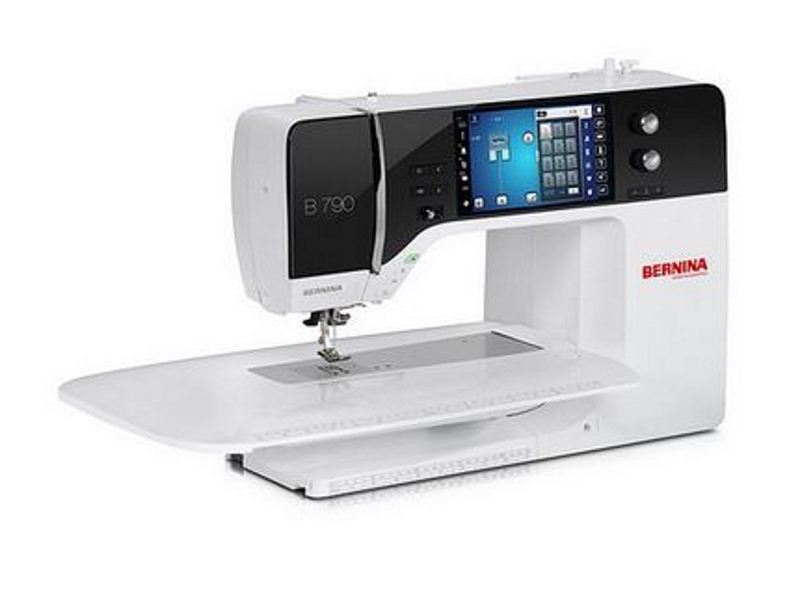
Computerized sewing machines offer the most functionality. Automated processes independently select the type and characteristics of the seam, as well as the threads and needles. Detailed setting of the sewing machine parameters will allow you to get the stitch you really want.
These sewing machines are a tool for professionals and craftsmen. But thanks to automation, they are also suitable for beginners, but the main thing in this case is maximum accuracy when using.
Advantages
-
Suitable for both beginners and professionals;
-
Suitable for working with various types of fabric;
-
Offer the broadest functionality;
disadvantages
-
Very high price;
-
Can easily break if handled carelessly;
-
High cost of maintenance and repair;
Specialized sewing machines
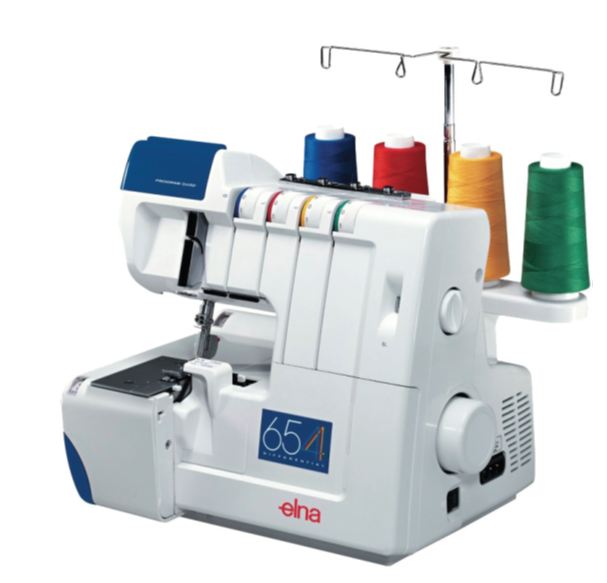
The above types of sewing machines are designed to bond two (or more) webs of fabric. But the functionality of the devices on the market is not limited to this.
-
Overlocks are a highly specialized type of sewing machines designed for overcasting. Their main feature is the presence of a looper in the structure, which wraps around the fabric. Such devices most often support only one type of seam, and this is determined structurally. Therefore, when choosing an overlock, it is worth determining the appropriate type of stitch (by the way, most often this is a traditional four-thread knitted stitch, which is performed with two needles).
-
A coverstitch sewing machine (also called a coverstitch sewing machine) is designed to sew with a chain stitch, a special type of stretch stitch that is commonly used when hemming garments or seaming garments.
-
Coverlock is a special type of sewing machine that combines all the previous ones. It can be used for overcasting and chain stitching, as well as a chain stitch ('pigtail'). Such a sewing machine is suitable for small repairs at home, however, you can not count on high quality and reliability of sewing stitches.
-
Specialized sewing machines can and should be used as a supplement to the usual (sewing) one.
Which sewing machine to choose
It is worth choosing a sewing machine based on its planned use:
-
If you plan to occasionally repair or sew clothes at home, then the usual mechanical one will do;
-
If you want to sew clothes in your home mini-studio, it is better to take an electromechanical one;
-
For a professional atelier, a computerized one is suitable;
-
A separate sewing machine is required for sewing specialized stitches (chain or overcast).
-
In addition, a rug is suitable for simple home use.
The main criteria for choosing a sewing machine
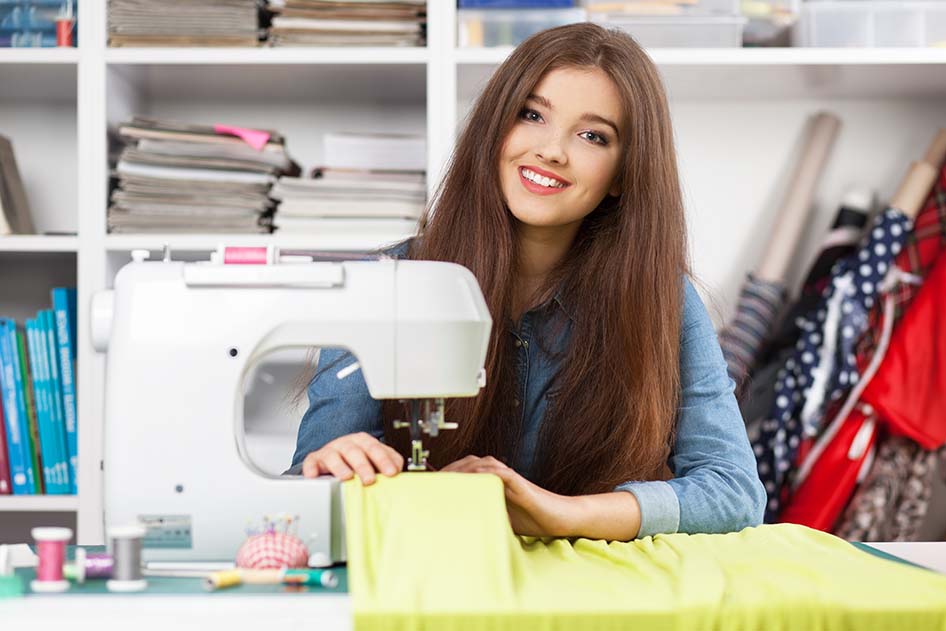
When choosing a sewing machine, it is worth considering not only the type, but the technical characteristics of the device. Among the parameters to which you should pay attention to the following features:
-
Shuttle type;
-
Types of stitches;
-
Stitch length;
-
Buttonhole type;
-
The needles that come with the kit;
-
Equipment;
-
Additional functions.
Bobbin type
There are three types of shuttle devices used in sewing machines:
-
Swinging vertical shuttle;
-
Rotary horizontal shuttle;
-
Rotary vertical shuttle.
Oscillating vertical shuttle
The swinging vertical shuttle is one of the simplest and most classic implementations of such a stapler. It is found both in old enough mechanical typewriters (like the 'Seagull'), and in very modern ones.
Advantages
-
Low price;
-
Simplicity of design.
disadvantages
-
Excessive vibration, which can cause tissue jams;
-
The stitch length and width cannot be more than 5 mm.
-
Low speed of work;
Rotary horizontal shuttle
The rotary horizontal shuttle offers a more convenient design. It is found in most household electromechanical and computerized sewing machines and is located under the throat plate. Most often, it 'hides' under a transparent plastic panel so that you can see the rest of the thread on the bobbin.
This type of hook is best suited for home use.
Advantages
-
High practicality;
-
The bobbin thread does not get tangled in principle;
-
Low vibration;
disadvantages
-
Less reliability compared to vertical shuttles;
-
High difficulty in adjusting the degree of thread tension.
Rotary vertical shuttle
The rotary vertical hook is primarily intended for use in professional sewing machines. Most often it can be found in devices from Pfaff. However, in domestic sewing machines, such a shuttle is very rare.
Advantages
-
Low vibration;
-
Easy to adjust the degree of thread tension;
-
Low risk of thread tangling;
disadvantages
-
Regular hook lubrication is required.
Types of stitches

Stitches in sewing machines can be divided into several types:
-
Overcast and flat chain stitches will require the use of a special sewing machine – an overlock or a cover plate, respectively. The rest can be applied using a regular grinder.
-
Seam seams, as the name implies, are designed to join two pieces of fabric. At home, straight strings and 'zigzags' are most often used to repair clothes. If you plan to sew linen, then you should pay attention to the appearance of the stitches – then they will not only connect fabrics, but also decorate finished things. And also it will be possible to find suitable strings for different materials.
-
Blind seams, as the name implies, either do not have an outer line, or it simply does not strike the eye. They are designed for joining or finishing the lining of products and are characterized by maximum smoothness.
-
Elastic seams are designed to connect fabrics that can stretch. It is worth distinguishing between chain stitches and regular elastic seams. The first option is better for overcasting fabrics that do not stretch or stretch slightly. Elastic seams, which are made on a grinder, are able to increase their length by 10-20%, maintaining the strength of the joint even in a compressed state.
-
Decorative seams are used for finishing finished products. Some types of these stitches can also be applied to the edges of the fabric.
-
The embroidery loops are designed to be placed on actively used material edges. They can be used to surround a hole for a future button or zipper. This significantly reduces the wear and tear of the products.
-
Mechanical sewing machines usually only support a few types of seams. Electromechanical and computerized – a much larger number. However, it is advisable to choose a sewing machine based on the intended use, and not on the number of operating modes available.
Stitch length
The stitch length in the sewing machine depends on the type of hook used. For example, models with a vertical swinging hook support a maximum stitch length of 4 mm.
And if a longer stitch is required, then you should pay attention to models with a rotary hook.
Buttonhole type
Buttonholes in sewing machines can be made by one of three possible mechanics:
-
Automatic;
-
Semi-automatic;
-
Manual.
Automatic buttonhole sewing involves the installation of a special 'foot' with a fixed button. The sewing machine will automatically process it by placing the appropriate buttonhole on the fabric. The user only needs to periodically change the direction of the needle.
The main advantage of automatic buttonhole mechanics is that the wearer does not need to mark the fabric. It is enough to install a foot with a fixed button on it.
Semi-automatic buttonhole sewing is almost the same as automatic – a foot with a fixed button is also placed on the fabric, and the machine bypasses it. The only 'but' is that the user will have to switch the operating modes of the device.
You can sew the buttonhole by hand using the zigzag foot. You will have to pre-mark the fabric.
Needles
Sewing machine needles differ in design and purpose, as well as in the area of use. Regardless of the type, it is worth choosing such device models that are 'out of the box' equipped with the maximum number of needles and their varieties.
By type, sewing machine needles are divided into:
-
Straight with an eyelet. This is the most common option and works with almost all seams and fabrics. It differs, like other types, in thickness, which is measured in micrometers – from 50 (0.5 mm) to 400 (4 mm);
-
Double. These needles are equipped with two pins with an eyelet and allow you to make complex seams, including for joining fabric fabrics butt;
-
Radial. Curved needles designed for a number of specific types of seams and for joining certain thick webs of materials;
-
With a hook. Special needles for embroidery, knitting and some special types of seams.
By type, needles are divided into:
-
Pointed. Stitching (joints) are intended for dense, smooth, synthetic, natural fabrics and leather;
-
Slightly rounded. Designed to work with fabrics sensitive to fiber damage – knitwear, thin knitwear, jersey;
-
Medium rounded. Designed to work with fabrics that are very sensitive to damage to individual fibers – medium density knitwear, jeans;
-
Strongly rounded. Designed to work with fabrics that are extremely sensitive to damage to individual fibers – thin highly elastic (such as lycra), coarse knitwear, processing women's underwear;
-
With lateral groove. Designed to work with heavy fabrics. Do not allow the thread to break, allow the use of the minimum stitch length;
-
Cutting. Suitable for working with heavyweight fabrics, nonwovens, leather, rubberized fabrics, etc.
!
Often, sewing machine needles are equipped with a universal attachment, which allows you to buy them if necessary. Therefore, when purchasing such a device, it is worth clarifying the possibility of ordering a separate package of needles. If this is not possible, it is recommended to pay attention to the models with the maximum complete set.
Equipment
In addition to the device itself, the standard equipment of most sewing machines may include:
-
The sewing speed pedal is a useful accessory that allows you to conveniently control this parameter. It is desirable that it be.
-
The feet allow you to customize the stitch shape, seam type and other functions. In the minimum configuration, there should be at least three of them – universal, for a zigzag and for a loop.
-
Accessories for sewing machines can be very diverse. The more there are, the better, respectively. Among the most important accessories are a few spare bobbins, a cleaning brush, a seam ripper, and an extra spool pin. The rest are also practical, but not required.
-
The minimum required set of needles is three universal needles, the same or different in size. For machines that support twin needle use, the appropriate accessories must also be included.
-
The cover is a useful but not required accessory that will protect the sewing machine from dust during storage.
Determining the functionality of the function
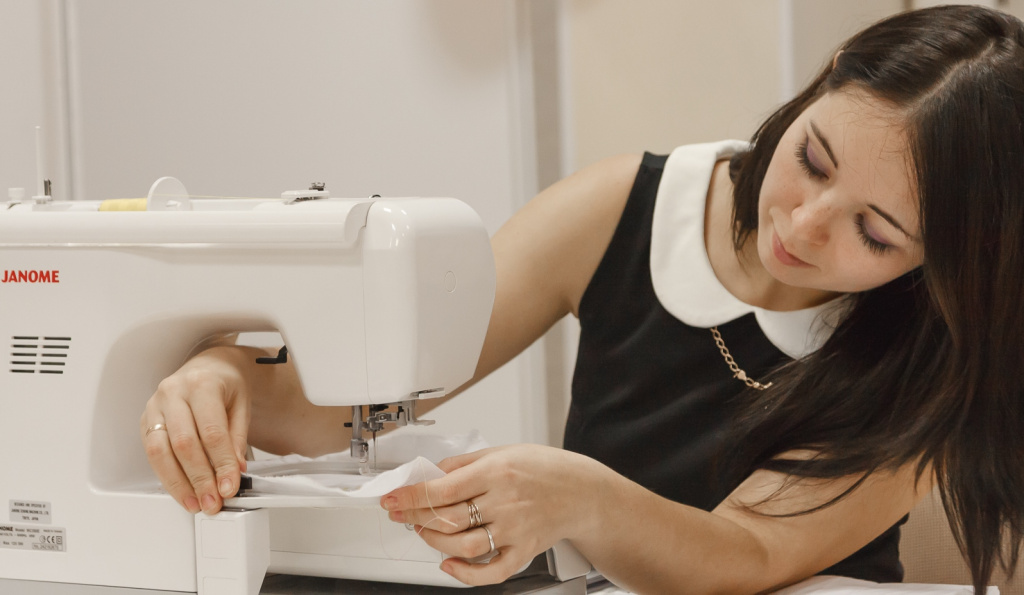
Among the most useful additional functions are:
-
Adjusting the puncture force. Useful when working with very dense – or, conversely, literally airy – fabrics;
-
Needle stop up function. Practical, since nothing will interfere with the removal of the fabric, switching the mode or direction of the stitch;
-
The needle threader is a small but useful accessory that makes it easy to insert the thread into the eye of the needle;
-
Table for expanding the working surface – very convenient when sewing large canvases of dense fabric;
-
Adjusting the pressure of the foot on the fabric is a useful function when sewing sensitive materials;
-
The presence of an upper conveyor – a special foot, which is designed for sewing multi-layer materials without displacing individual layers during movement;
-
Knee lever for raising the foot – an additional lever that frees your hands and allows you to raise the foot of the washing machine without using them;
-
The presence of the embroidery unit allows you to apply simple patterns to the fabric. For complex ones, it is better to purchase a separate embroidery machine;
-
The ability to connect to a computer – allows you to program embroidery or use ready-made programs downloaded from the Internet;
-
The reverse function allows you to reverse the direction of the stitching to secure the ends of the seams;
-
Sleeve platform is a structural narrowing of the sewing machine body, which allows processing sleeves. Implemented in almost all models – if you remove the accessory compartment, you get a sleeve platform;
-
Accessory compartment – Convenient storage box for needles, bobbins, etc.
For many additional functions you have to pay separately (that is, a sewing machine with them costs much more than without them), so you need to choose their availability only based on your needs.
How much does a sewing machine cost
The cost of sewing machines directly depends on their functionality, equipment and other technical characteristics.
-
Electromechanical sewing machines cost from several hundred to 18-20 thousand rubles. The vast majority of models are in the price range of 6-8 thousand rubles.
-
Electronic sewing machines cost from 8-9 to 18-20 thousand rubles. Most of the models are in the price range of 14-16 thousand rubles.
-
Computerized sewing machines cost from 10 to 50 thousand rubles. The range of prices is very large, so a significant part of the budget class models cost 16-20 thousand rubles, and the average one – 30-40 thousand rubles.
The best companies for the production of sewing machines
Among the manufacturers of sewing machines are:
-
Medium and low-end price segment: Brother, Jaguar, Janome;
-
Upper price segment: Bernina, Pfaff, Juki, Husqvarna.
-
You can also highlight the Singer company, but its sewing machines usually belong to the ultra-top price segment.
Video for choosing a sewing machine
Attention! This material is the subjective opinion of the authors of the project and is not a purchase guide.

